Living out in nature removes many of the commodities we’re used to in our everyday life, especially when it comes to food. Of course, just trying to survive can expend a lot of energy, and we need easy and efficient ways to replace it. One of the best ways to do that is sugar, but there aren’t a lot (or any) sugar dispensers out in the wild.
[the_ad_placement id=”in-text-1-type-r”]Knowing how to make sugar on your own can make all the difference in the world. Not only does it give us a boost of energy, but the taste of it can also lighten our moods so that we can remain positive as we work.
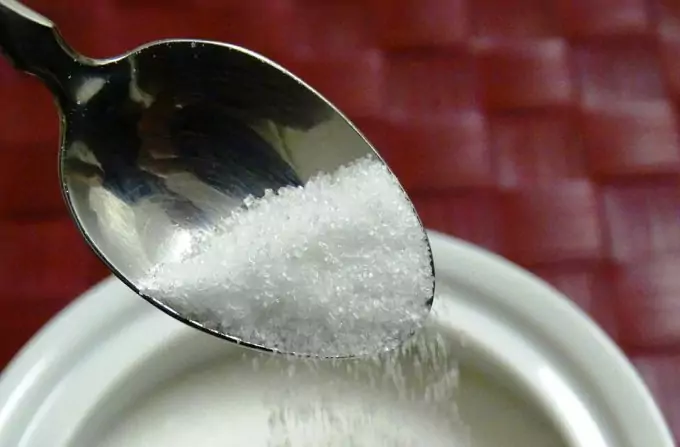
You may think that traveling with a bag of sugar would be the easiest way to solve your problem, but it’s heavy, takes up a lot of room, and is a bug magnet. Storing dried sugar is even more difficult, as any moisture will cause it to disintegrate. And even if you do manage to carry some amount of sugar with you, it’s going to run out eventually.
See also: Best Survival Food: Top Foods It’s Best to Store for Bad Days
Learning how to make sugar on your own will ensure that you’ll always have a steady supply of the stuff when you need it. Depending on the area of the world you find yourself in, there are a wide variety of natural sources you can look for and prepare to make your own sugar. Keep in mind that these steps to create sugar involve having the basic cooking equipment for any survivalist.
Making beet sugar
Don’t make the mistake of thinking that any beet will do to provide you with sugar. What you’ll be looking for are sugar beets, which look more like a parsnip. They’re elongated and look like white potatoes. What’s great about these beets is that they grow in a wide variety of climates, and even when you’re done boiling them down for sugar, the mash can still be used for sustenance.
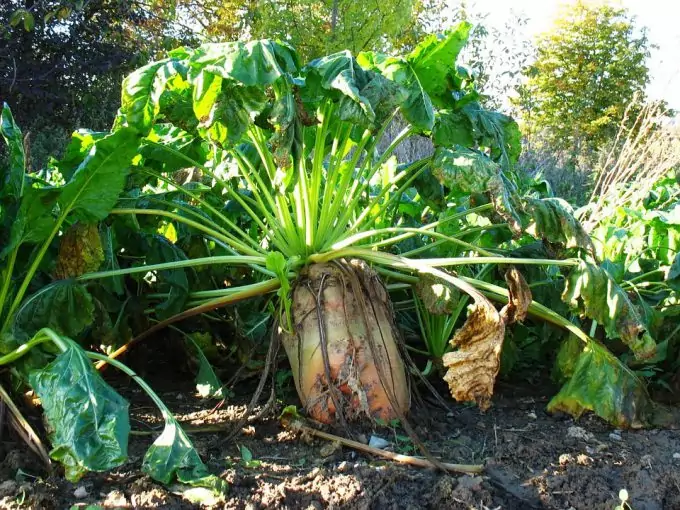
The first thing you’ll want to do is scrub down your beets to get rid of any dirt. You don’t want your sugar to be contaminated! Using a knife, cut the beet into thin slices and add to a pot. Pour enough water in to just cover the beets and then heat them to a boil.
Once the water is bubbling, simmer the beets long enough that they become tender. Remove the pot from the heat and strain the beet pulp through a porous cloth back into the pot. Then return the syrup to the heat and simmer until the substance becomes honey-colored. Be sure to stir it frequently so that it cooks evenly. Then remove from the heat and store in a cool, dry place.
The sugar will crystalize the cooler it gets. In order for you to know just how much sugar you’ll be getting, a beet will yield 17% of its weight in sugar. This means that, in order to get 1.7 pounds of sugar, you’ll need 10 pounds of beets.
Making maple sugar
If you’re not in the mood for digging up beets, then you can create your own maple sugar instead. It’s easy to find, as sugar maples are in abundance all over North America. However, maple trees can only be tapped in mid-February to mid-March, meaning that you’ll be without if you find yourself hiking during other times of the year.
You want to pick a tree that is mature and healthy, and has great exposure to sunlight. The amount of syrup you get is also dependent on the diameter of the tree, as the bigger around it is, the more it will yield. You want to choose a tree that is bigger than twelve inches in diameter.
The most popular method of tapping trees involves the use of a drill, which you may not have on hand when you’re out in the wild. There are more traditional methods that are used when you don’t have access to fancy tools.
This video shows how you can create your own spile from a tree branch that you can use to tape trees:
Without a drill, an ax can be a great way to create the hole you need to tap your tree. See our popular list of the best hatchet that won’t let you down. Cut a V-shaped notch into the bark deep enough to access the softer wood underneath. If you start to notice some immediate dripping, then you’ve hit the payload. You can either allow the sap to drip directly into your container or create a funnel or spile to gather sap more efficiently. If you plan on using the sap immediately, then it should be consumed within 2-3 days or bacteria will start to grow on it. But it can be preserved much longer when it’s boiled and turned into sugar.
Strain the sap through a porous cloth in order to remove any sediment or impurities. In a metal pot, add your syrup and boil. Remove from the heat if it starts to overflow and return to the fire when the foam has subsided. You want to the sap to thicken into syrup. Then, remove from the heat and stir vigorously for about five minutes. You don’t want it to become all hard.
Pour your syrup into a heat-proof contained and place somewhere cool. It should start to harden in time and form big hard chunks. You can crush these into sugar or eat the chunk directly. Store the rest in an airtight container until you’re ready to use.
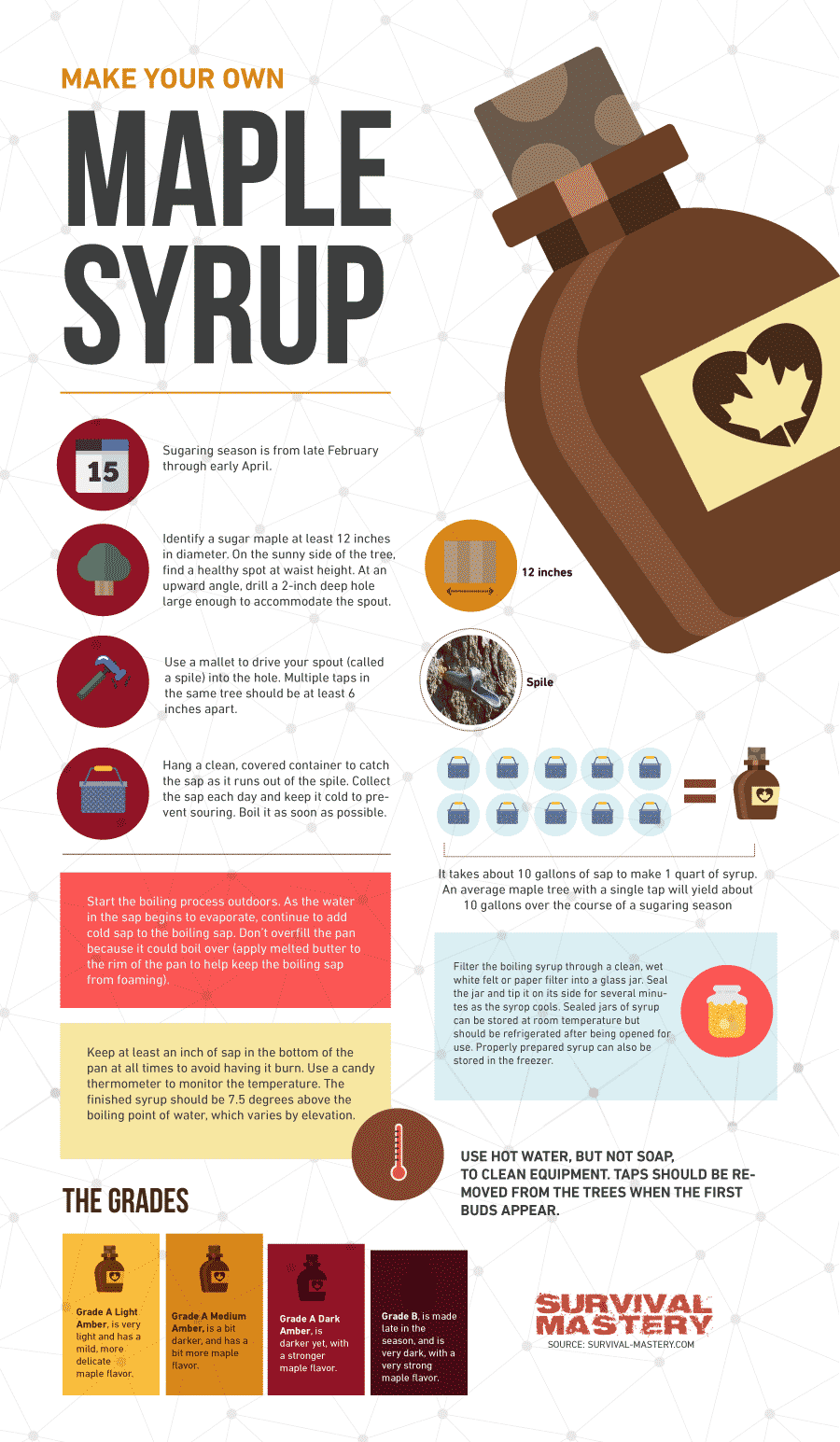
One quart of the syrup will yield about two pounds of sugar, as maple trees have the highest sugar yield out of any other trees.
Other sap-yielding trees
If there aren’t any maple trees around, then it doesn’t mean you’re out of luck. There are plenty of other trees that can be harvested for their sap and be turned into sugar for that extra boost of energy. The reason why sugar maple trees are used so often is because the content of their sap is extremely high in sugar.
[the_ad_placement id=”in-text-2-type-r”]Knowing how to make sugar is a process that is common, no matter the source, so the same principles can be applied to any of the following sources.
- Black Maple: they’re lower in scale of sugar than the sugar maple, and are distinguishable by their leaves. Sugar maples have five lobes on their trees, while black maples only have three major lobes.
- Red Maple: these trees start to bud earlier in the spring, which means that their sap production is going to be in less quantity and quality towards the end of the sugaring season. The lobes of a red maple leaf are not as pronounced as those on a sugar maple leaf.
- Silver Maple: these trees also bud earlier in the spring, results in a lower sugar content and reduced sap quantity. The lobes on a silver maple leaf are extremely pointy and elongated.
- Boxelder: also known as the Manitoba maple, these trees can be found in urban areas and growing by roads. They’re not the first choice when it comes to tapping for sap, but in a pinch, they can do just as well. Be aware that they only yield about half as much sugar as a sugar maple does. It’s easy to tell the Boxelder from other maples in that it has compound leaves.
- Bigleaf maple: this is the main species of maple growing between central California and British Columbia. These are the trees that have been tapped for centuries by the Native Americans, and provide a reliable source of maple syrup for the East Coast. These are the largest of any maples, and the leaves are quite big in comparison to other maple leaves.
- Canyon/Big Tooth Maple: this tree can be found in the areas of the Rocky Mountains, as well as Texas. The leaves are quite similar in shape, appearance and color to the sugar maple.
- Rocky Mountain Maple: also native to western North America, they have been used by Native Americans for centuries. Their leaves are extremely rough and have serrated edges that make them distinguishable.
- Butternut/White Walnut: butternuts are native all across North America and Canada, and have compound leaves on each branch that makes them identifiable.
- Black Walnut: it’s quite common in the Midwest, but also grows in the Northeastern part of the United States. They’re mainly used for timber, but can yield sap in autumn, winter and spring.
- English Walnut: these trees grow in abundance in California, and yield a delicious sap when there has been a freezing winter and spring. The compound leaves are quite large and round.
- Paper Birch: though the sap is not as sweet as the sugar maple, it is one of the sweetest out of all the birch trees. Birch trees are more recognizable by the horizontal direction in which their bark can be peeled.
- Yellow Birch: the sap is not very sweet, but does have a higher antioxidant capacity than sugar maple.
- Black Birch: this is the most commonly used in making birch beer. Tapping these trees has become a recent practice in order to make this delicious drink.
- River Birch: this birch is found most commonly in the Southeastern part of the United States. However, they’re planted as ornaments in the Northeast regions.
- Grey Birch: this is more of a shrub than an actual tree. This disadvantage to this tree is that it has to be large enough in order for it to be tapped successfully.
- Sycamore: one of the larger tree species in North America; the sap has been known to have a butterscotch flavor to it. The tree is most recognizable by the bark that flakes off in large masses. This is to compensate for its growth rate as it stretches and splits.
- Ironwood: these trees are most prized for their wood and have greyish-brown bark. They sap later in the spring, so the yield is not going to be as much as you want/need.
Though there are plenty of other trees that are also capable of being tapped, these are the most common ones used by people in order to make syrup or sugar from. Being aware of these trees around you grants you access to fountains of sources that can be used to make sugar and keep you energized and happy.
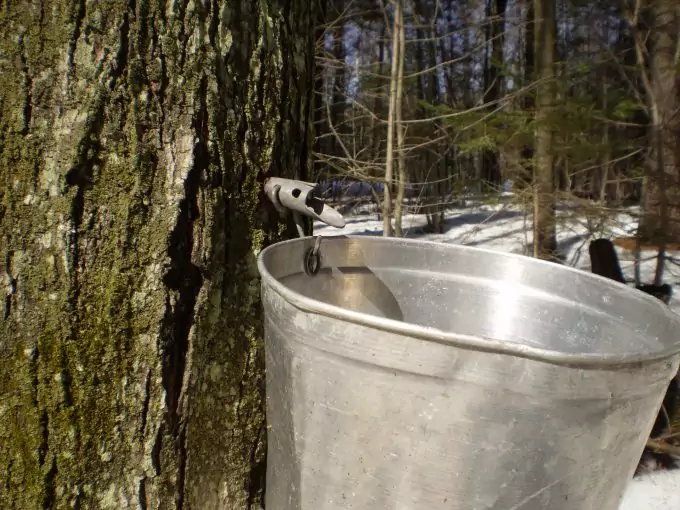
Make sure that when you’re tapping these trees to not do it too deeply. It can affect the health of the tree and result in its death. The larger and healthier the tree, the less likely that you’re tapping will cause much harm to their health overall.
Making sugar from sugar cane
In the event that you find yourself in the more tropical regions of the globe, then you have another bountiful resource at your disposal: sugar cane. This is actually a grass that is the main source of sugar in these areas, so it’s important to be aware whether you’re taking from someone’s crop or not.
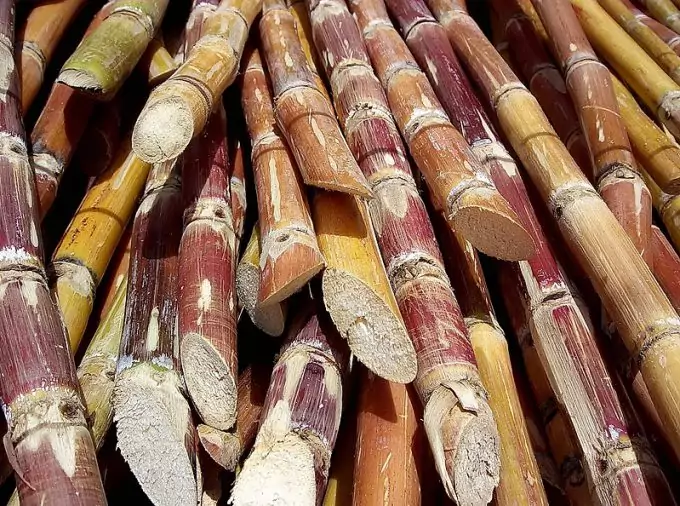
When cutting a piece of sugar cane, you can chew on the reeds directly in order to get your daily dose of sugar and hydration. But if you want to carry some with you and have a steadier supply, you’re going to need to know how to make sugar from this natural resource. Make sure you read on our reviews of the best bowie knife to help you find the perfect one for your needs.
It’s best to wash your sugar cane first in order to remove any impurities. Using a knife, carve away the outer bark in order to get access to the “meat” on the inside. Next, you want to press the sugar cane between two heavy objects in order to squeeze the liquid out into a container. Some large rocks will do. Boil the liquid and allow some of the water to evaporate. Remove the foam from the top with a porous piece of cloth.
[the_ad_placement id=”in-text-3-type-r”]You can through the rest of the fibrous material away and allow the syrup to cook further. Once the crystals start to occur, then you’re making sugar. The crystals will be slightly brown in appearance. Allow the crystals to cool and dry out for the next few days.
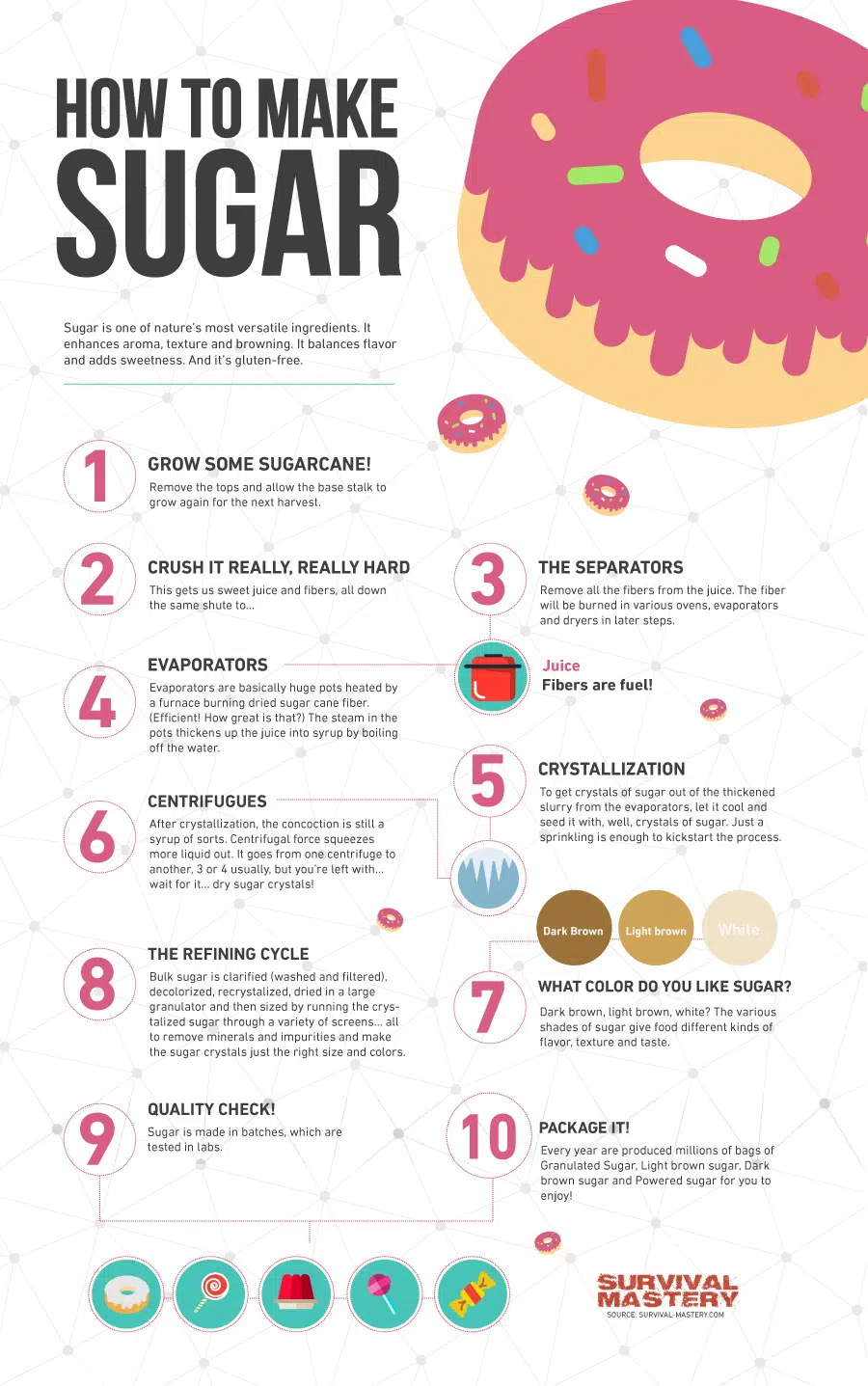
One added benefit of chewing on sugar cane is that the fibers in it can also help to keep your teeth clean, serving as an impromptu toothbrush!
Knowing how to make sugar can be one of the best ways to brighten your day when you’re out on a hike and you’ve had a bad spell of rain. The rich, sweet taste on your tongue can make everything just a little bit better to deal with.
Sugar can also give you that boost of energy you need to keep going, especially if you need to get back to your campsite in time and the sun is setting. The man has had a long relationship with sugar over the centuries and is showing no signs of ending anytime soon.


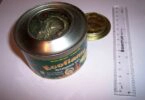
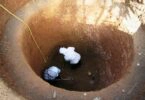
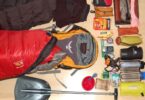

If push comes to shove, you can look for honeycombs and be like Yogi or Pooh and steal some honey. Just be careful of the stings and make sure not to disturb them that much.
Indeed you can, but (as you mentioned) this is a dangerous task. Also, bees are not that easy to find.
I agree, bees are slowly being eradicated by some chemical companies. I would live them alone as much as possible to give them enough room to repopulate and bring use more honey.
Re-population is a very good idea, especially in areas that bees are slowly become extinct.
Is it possible for a homesteader to make white sugar without any store-bought items?
White sugar is highly processed and refined to remove all brown molasses. Without the proper equipment it would be difficult to do this at home.